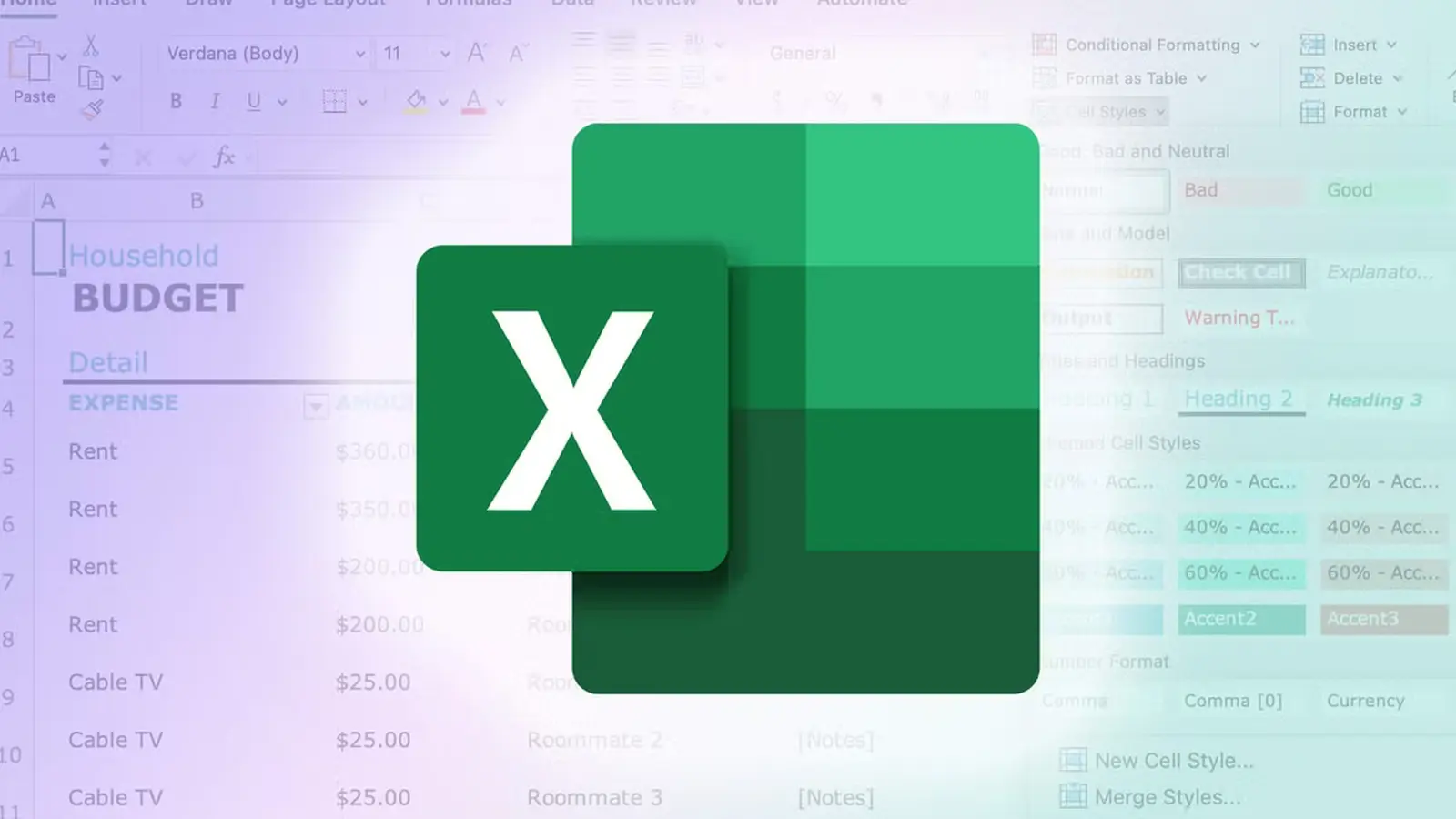4 Minutes
AI-Powered Cells
Microsoft is embedding generative AI deeper into Excel with a new native Copilot formula that lets you drive complex data analysis and content generation using plain-language prompts. Instead of calling an external add-in or exporting data to a separate tool, you can now type =COPILOT(...) directly in a cell to instruct the model to read, analyze, and populate ranges inside your workbook—while keeping results live and tied to your sheet’s calculation engine.
How the Copilot Formula Works
The new function behaves like any other Excel formula. The basic syntax is =COPILOT(prompt_part1, [context1], ...), where each prompt_part is a human-readable instruction and optional context arguments point to cells or ranges for the AI to examine. For example, you can run sentiment analysis across feedback using a formula such as =COPILOT("Classify the sentiment of this feedback as Positive, Negative, or Neutral", A2:A100). The AI returns structured outputs into cells rather than a single block of text, and those outputs update automatically if the referenced input cells change.
Built into Excel’s Calculation Engine
Unlike external AI add-ins, the Copilot formula is integrated into Excel’s core calculation engine. That means AI-generated results recalculate dynamically alongside other formulas like SUM, IF, or LAMBDA. You can also nest the Copilot call inside traditional functions to create hybrid logic—imagine conditional workflows where Copilot classifies rows, then IF routes values into different models for forecasting or visualization.
Key Product Features
- Natural language prompts inside formulas: Write conversational instructions rather than crafting complex formulas.
- Context-aware analysis: Point Copilot to cell ranges for dataset-specific outputs.
- Live recalculation: AI outputs refresh when source cells change, just like native functions.
- Composable with Excel functions: Works with IF, LAMBDA, INDEX, and other functions for advanced workflows.
- Structured cell outputs: Copilot fills one or multiple cells with results instead of returning only narrative text.
Use Cases and Practical Examples
This capability opens practical automation for business and data teams:
- Customer feedback and sentiment analysis across thousands of comments.
- Automated labeling, categorization, or tagging for CRM and support records.
- Content generation for summaries or bullet-point highlights inside reports.
- Data cleaning and transformation tasks driven by a prompt, then combined with formulas for downstream modeling.
- Quick dashboards where Copilot supplies derived metrics that update with live data.
Comparisons and Market Relevance
Compared with third-party AI add-ins or API-based workflows, the native =COPILOT() formula reduces friction: fewer context switches, no copy/paste, and built-in recalculation. While other Copilot features—task panes and chat panes—remain useful for exploratory queries, embedding AI as a formula is unique because results are actionable cells that participate in Excel logic. For enterprises adopting Microsoft 365 Copilot, this aligns AI capabilities with existing spreadsheet processes and governance models.
Advantages and Limitations
Advantages include ease of use, native recalculation, and composability with existing Excel features. The biggest caveat is output reliability: quality depends heavily on prompt clarity. Use explicit action verbs like "summarize," "rank," or "classify" and include examples in the prompt for best results. Currently, the formula cannot perform live web searches (though that capability could arrive later), so it operates on supplied context and its internal knowledge.
Availability and Rollout
Microsoft is rolling out the Copilot formula to Beta users who hold a Microsoft 365 Copilot license, with web availability via the Frontier program. A wider stable-channel release is expected in the coming weeks or months. For tech teams, the key implications are updated licensing requirements and the opportunity to prototype AI-enabled spreadsheets before broad deployment.
Tips for Prompting and Best Practices
For high-quality results: be specific, include examples, and iterate on prompts when outputs are off. Combine Copilot outputs with validation formulas and conditional checks to catch AI errors and maintain data integrity. That hybrid approach—human oversight plus AI speed—makes Copilot most effective for production spreadsheets.


Leave a Comment